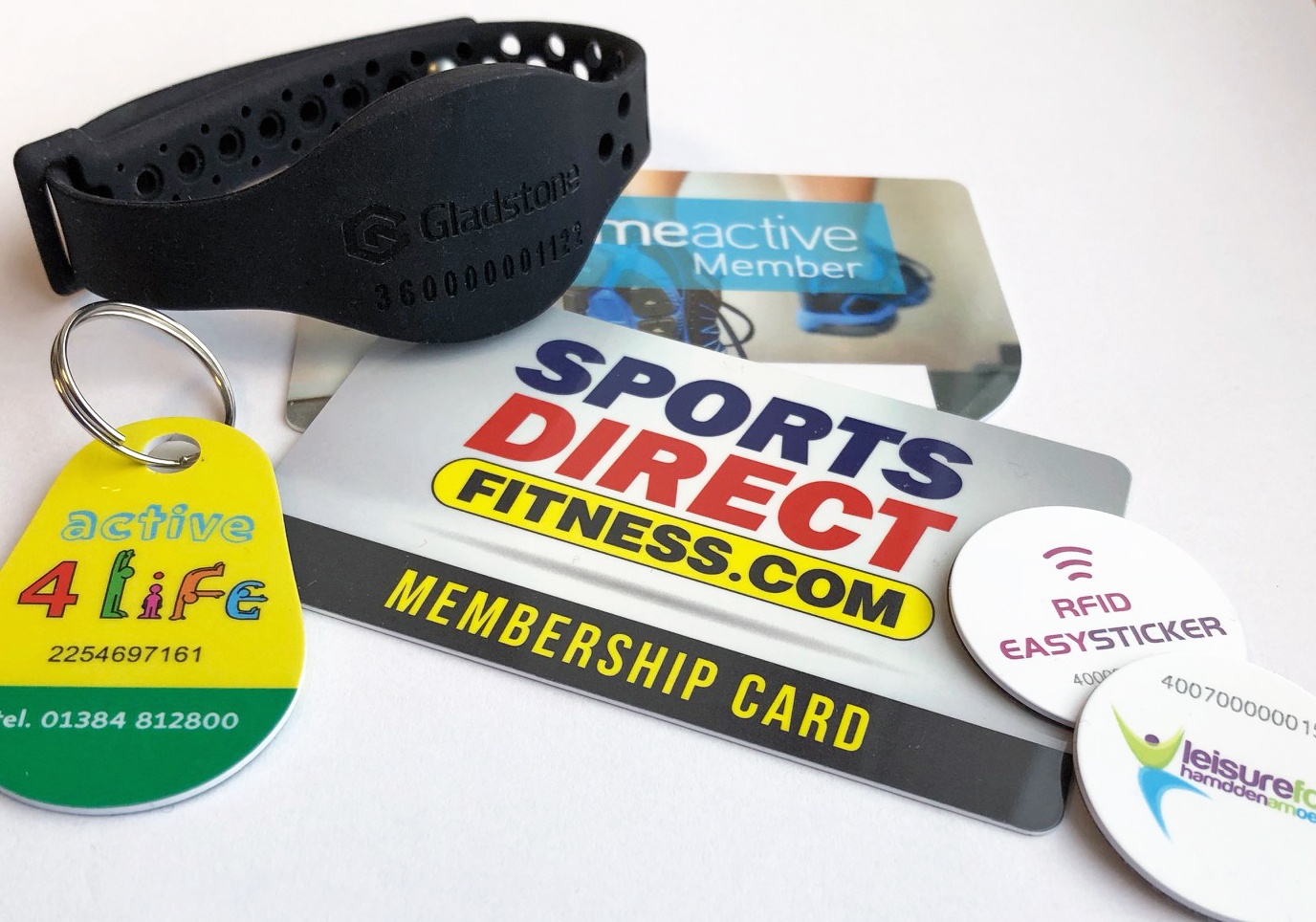Amazon Go, Disney’s Magic Bands and the humble gym membership card
Amazon Go’s concept supermarket in Seattle has pioneered a “Just Walk Out” vision, enabled by thousands of sensors placed all around the store. Customers enter, take the products they want from the shelves and leave, and facial recognition is used to charge your purchases to your Amazon account. Disney have combined NFC, Bluetooth and RFID together into their ‘Magic Bands’ to unlock hotel rooms, replace paper tickets, link a credit card to use for payment, predict queue lengths, ensure crowd safety and provide analytics on ride usage and location density across their theme parks. With obvious applications to the leisure industry, what is the future of the humble membership card?

Mike Rucker, VP of Technology at Active Wellness argues that if facial recognition is quick and secure enough for use in UK and US airports to automate passport control, then why not consider it? He’s already trialling facial recognition:
"In five years you’re going to completely
eliminate the need for check-in cards or RFID,
but I think you’ll see a majority of the
clubs finally adopting some sort of RFID
on the phone or some sort of facial recognition.”
By way of contrast, although we at Gladstone are excited to be trialling facial recognition technologies, we’re not so sure about the five-year prediction for the death of the membership card. RFID through mobile devices creates problems for operators with significant wet facilities, and current biometric hardware is prohibitively expensive - think about having to put readers into every door, locker, running machine or POS system.
However, with further advances in wearable, proximity, RFID, NFC and Bluetooth technology happening all the time, these futuristic technologies are falling in price dramatically. This means they’re becoming appealing to leisure operators, thanks to the highly desirable combination of powerful analytics they output and the massive improvement in customer experience they provide.
Imagine driving up to your gym, having an ANPR reader read your number plate and open the barrier for you, flagging your arrival at reception so the welcome team can greet you by name when you walk in, swiping your mobile phone with an RFID sticker through the barrier, and slipping on a wristband to gain access to the changing rooms, use the lockers, sign in to different machines to track your workouts, and then buy yourself a drink afterwards - all with the same wristband?
Northallerton Leisure Centre, in Yorkshire, England, is some way towards achieving this vision, with Phase 1 of their rollout using RFID wristbands to enable 24-hr access to the newly-refurbished facility via a self-serve pod. Jonny Morris, Business Development & Information Manager, says: “
The wristbands have been really great for us.
We’re selling them to our members, and in terms of
the after-hours use through the self-serve pod,
we’ve had 806 members sign up
to the service - which is almost half our user base.”
The implementation of the technology has been fundamental to the rollout of the 24-hr service, which allows them to compete on an even footing with more comprehensive offerings in the private sector locally. As Jonny says above, the wristbands are sold to members - meaning that upgraded technology need not be seen purely as a cost line, but can provide excellent ROI at healthy margins as well as valuable brand exposure in the community.
Customer experience aside, what new applications and services could we develop with all this live information at our fingertips? What are the next level of usage reports we could deliver? Customers could enter a facility and only be charged for the time they spend accessing each activity. Would memberships even be required? These are the questions we’re already trying to answer at Gladstone.
Read how the implementation of Disney's magic bands have contributed to the parks 16% increase in operational income and an 8% per-capita guest spend, its definitely not a Mickey Mouse scheme and something leisure can look to replicate in it's own way. If you would like to discuss how you could increase secondary spend with RFID bands, talk to our cards team today.
Search our 'video' case studies to see how you could improve the customer access journey. Read more about Business Intelligence.
We'd love to hear your views...
Share this
You May Also Like
These Related Stories

Is the Membership Card Doomed?

The gym of the future: what’s around the corner?






Comments (3)